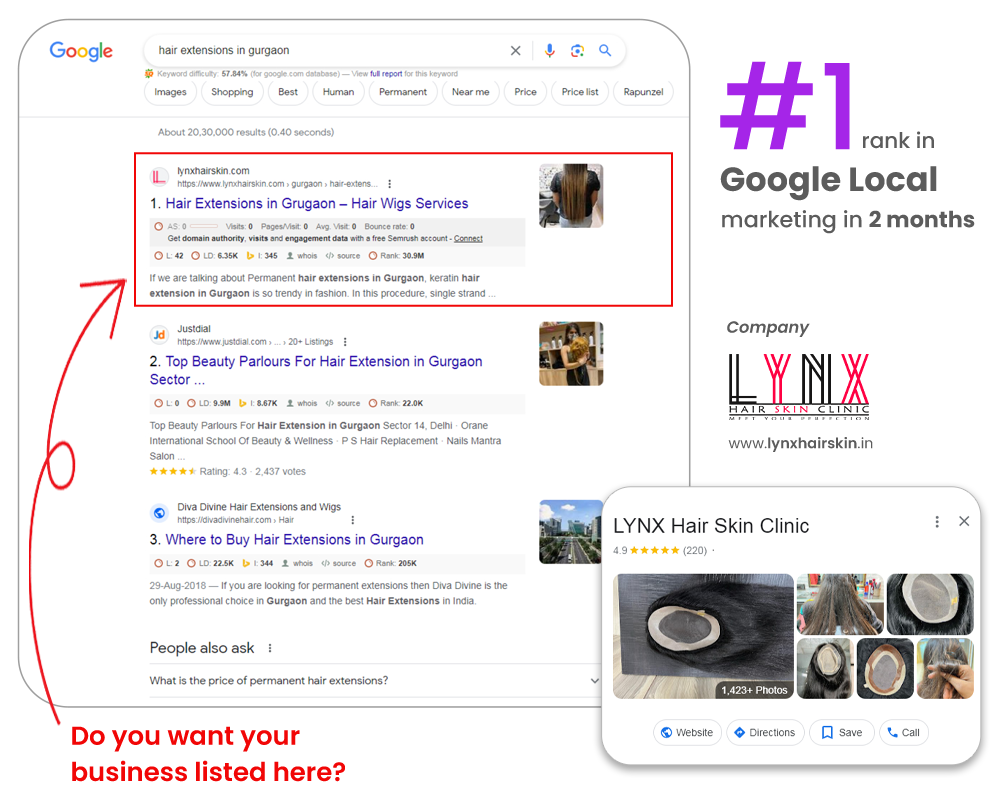Technical SEO Services
Unlock Your Website’s Full Potential Today!

What is Technical Seo
easier to crawl, and more user-friendly. Here, we won’t be delving into complex jargon; instead, we’ll
keep it simple and practical.
Optimize Your Website Speed
Nobody likes a slow website, right? Neither do search engines! Slow-loading pages can turn visitors away and hurt your rankings. To speed things up, consider:
- Compressing images: Smaller image files load faster.
- Browser caching: Store frequently used files to reduce loading time.
- Minimize HTTP requests: Fewer requests mean faster loading.
Mobile-Friendly Design
In this mobile-first era, your website must be responsive and mobile-friendly. Google rewards mobile-friendly sites, so ensure:
- Use responsive design: Your site adapts to all screen sizes.
- Mobile-friendly test: Use Google’s Mobile-Friendly Test to check.
- Optimize for touch: Make buttons and links easy to tap.
Clean URL Structure
Clear and concise URLs are not only user-friendly but also SEO-friendly. Avoid lengthy and confusing URLs. Use descriptive keywords related to the page content. For example:
- Bad URL: www.yoursite.com/p=123
- Good URL: www.yoursite.com/technical-seo-tips
Proper Use of Headers
Headers (H1, H2, H3, etc.) help search engines understand your content’s structure. Use them logically:
- H1: Main title of the page.
- H2: Subheadings for sections.
- H3: Subsections under H2.
Optimized Images
Images can enhance your content, but they need optimization:
- Use descriptive file names: “seo-tips.jpg” instead of “image123.jpg.”
- Add alt text: Describe the image for accessibility and SEO.
Create an XML Sitemap
An XML sitemap is like a roadmap for search engines. It tells them what pages to crawl. You can use free online tools to generate one.
Secure Your Site with HTTPS
Google prefers secure websites, and so do your visitors. Secure your site with an SSL certificate to make it “https://” instead of “http://.”
Fix Broken Links
Broken links can frustrate users and harm your SEO. Regularly check for broken links and fix them promptly.
Monitor and Analyze Your Website
Use tools like Google Analytics and Google Search Console to track your website’s performance. Pay attention to:
- Organic traffic
- Click-through rates (CTR)
- Bounce rates
- Keyword rankings
Regularly Update Content
Search engines love fresh content. Regularly update your blog or pages with new information, and consider repurposing old content with fresh insights.
Trusted by Startups, Enterprises & Unicorn Brands


















SEO Keywords Achievement



Our Creative Work




How We Work
You agree with us now? The following are the next steps.
We delve into your marketing journey, thoroughly assess every facet, and craft a tailored strategy to elevate your brand.
After a brief call, we offer a thorough 3 or 6-month strategy outlining where and how we can take your brand.
Following the discussion, if you find us as a fit for a marketing gap in your brand, we conduct thorough research on technology and content requirements to cater your brand needs.
Last but not least, we take over the management of your brand and begin implementing tech-based methods to enable marketing wonders for the brand.

Google Presence



Frequently Asked Questions
Technical SEO refers to the process of optimizing your website for search engines to improve its crawlability, indexability, and overall performance. It focuses on the technical aspects that impact your site’s search engine rankings.
Technical SEO is crucial because it ensures that search engines can access, understand, and rank your website effectively. It improves your site’s visibility in search results, leading to increased organic traffic.
Common technical SEO issues include slow page loading times, broken links, duplicate content, improper use of canonical tags, and issues with XML sitemaps or robots.txt files.
To improve page loading speed, you can optimize images, use browser caching, minimize HTTP requests, and choose a reliable hosting provider. Mobile optimization and content delivery networks (CDNs) can also help.
Mobile-friendly SEO, also known as mobile optimization, involves ensuring that your website is accessible and performs well on mobile devices. Google considers mobile-friendliness as a ranking factor.
Structured data is a way to provide additional context to search engines about your website’s content. It can enhance search results with rich snippets and improve click-through rates.
An XML sitemap is a file that lists all the pages on your website, helping search engines understand its structure. It aids in indexing and ensures that search engines can discover all your pages.
HTTPS is a secure version of HTTP, and it encrypts data exchanged between the user’s browser and your website. Google favors HTTPS websites in search rankings and displays a “Secure” label in the address bar.
To fix crawl errors, you should regularly monitor your website’s Google Search Console for issues. Address issues like broken links, 404 errors, and server errors promptly.
Schema markup provides structured data to search engines, enhancing the way your content is displayed in search results. It can improve click-through rates and help search engines understand your content better.
